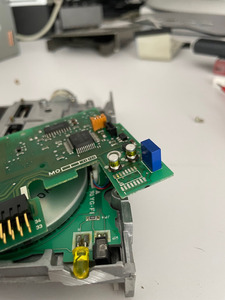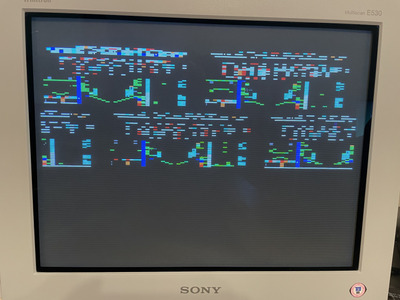Reply 20 of 68, by luckybob
- Rank
- l33t
oh thats nice and clean!
"Im a bit afraid after all that messages."
MEH. Dont be. All retro computers have quirks. IBM's quirks are (usually) well documented and intentional. I don't suggest PS/2 for first time retro, only because the clones are usually much more common and thus cheaper. They have more gaming options, which is pretty much the primary use of retro machines.
its easy to build upon basic retro computer knowledge, and THEN get into the IBM swamp. SCSI can be a royal pain in the ass. But once you wrap your brain around it, it rules become very easy to predict.
it just takes a bit of extra time, money, and research for PS/2. The sound cards and IDE cards are VERY new to the IBM scene. pre pandemic they were but a dream. I remember selling a spare sound blaster card for $1200. So the "new" cards are a welcome life saver!
It is a mistake to think you can solve any major problems just with potatoes.







